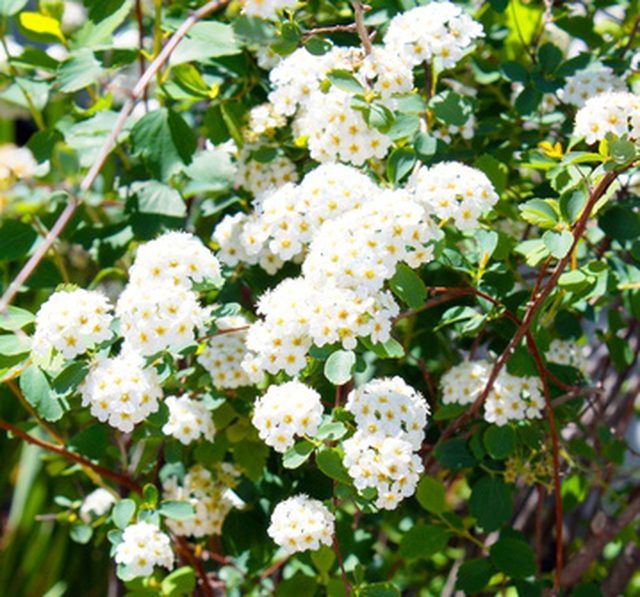Bulbs
Flower Basics
Flower Beds & Specialty Gardens
Flower Garden
Garden Furniture
Garden Gnomes
Garden Seeds
Garden Sheds
Garden Statues
Garden Tools & Supplies
Gardening Basics
Green & Organic
Groundcovers & Vines
Growing Annuals
Growing Basil
Growing Beans
Growing Berries
Growing Blueberries
Growing Cactus
Growing Corn
Growing Cotton
Growing Edibles
Growing Flowers
Growing Garlic
Growing Grapes
Growing Grass
Growing Herbs
Growing Jasmine
Growing Mint
Growing Mushrooms
Orchids
Growing Peanuts
Growing Perennials
Growing Plants
Growing Rosemary
Growing Roses
Growing Strawberries
Growing Sunflowers
Growing Thyme
Growing Tomatoes
Growing Tulips
Growing Vegetables
Herb Basics
Herb Garden
Indoor Growing
Landscaping Basics
Landscaping Patios
Landscaping Plants
Landscaping Shrubs
Landscaping Trees
Landscaping Walks & Pathways
Lawn Basics
Lawn Maintenance
Lawn Mowers
Lawn Ornaments
Lawn Planting
Lawn Tools
Outdoor Growing
Overall Landscape Planning
Pests, Weeds & Problems
Plant Basics
Rock Garden
Rose Garden
Shrubs
Soil
Specialty Gardens
Trees
Vegetable Garden
Yard Maintenance
How to Prune a Viburnum Snowball Shrub
How to Prune a Viburnum Snowball Shrub. While there are over 150 varieties of viburnum, one of the most popular is known as the "snowball bush." Attaining tree size at 12' by 12', clusters of tiny white flowers resembling snowballs cover the plant in spring. A hardy shrub that does well in zones 2 to 9, it is easy to plant and care for, and...

While there are over 150 varieties of viburnum, one of the most popular is known as the "snowball bush." Attaining tree size at 12' by 12', clusters of tiny white flowers resembling snowballs cover the plant in spring. A hardy shrub that does well in zones 2 to 9, it is easy to plant and care for, and requires very little maintenance. However, at times, a pruning can keep the perennial from growing too quickly, and help it maintain optimal health and shape.
Things You'll Need
Pruning shears
Gardening or work gloves (recommended) to protect hands
Decide why you wish to prune, as not all plants need pruned annually. Are there dead branches? Is the plant growing in an unsightly shape? Do the internal branches need thinned? Or is it growing out of control in an area with inadequate space? It is helpful to determine the necessity of pruning before arbitrarily cutting any flowering bush or shrub.
Prune only after the bush has finished blooming. Blooms appear on the previous year's growth. It is essential not to cut this prior to the arrival of spring blossoms.
Remove any damaged branches, or those that look diseased or dead, first. Cut the branch back to healthy wood and carefully pull the unwanted branch out of the shrub.
Prune any branches clustered tightly together, especially if several cross each other. Also remove any that are beginning to intertwine. This allows sunlight and proper ventilation to reach the remaining branches.
Cut any branches back that show accelerated growth by sticking out above other limbs. Level these with the remaining branches to allow the bush to keep a natural-looking shape.
Trim any root shoots or "suckers" at the base of the shrub, or on the ground directly below; these can develop into additional plants that threaten the health of the pruned bush. However, the removed shoots can be rooted in pots to start additional bushes for your yard, or to give away.
Tips & Warnings
Snowball bushes have a lovely natural shape; avoid trying to force the tree into an unnatural shape, otherwise known as a "haircut" pruning.
If the viburnum is pruned in the early spring, the plant will not produce flowers.